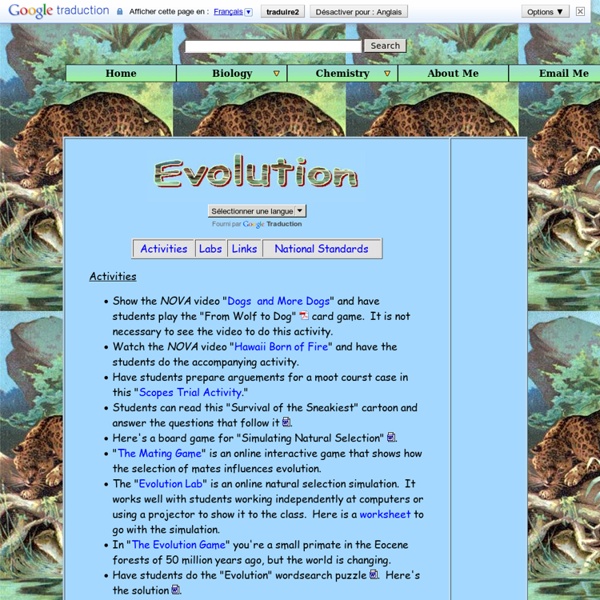Evolution

Peppered Moth Simulation
Name:______________________________________________ Objective: Simulate changes in moth population due to pollution and predation, and observe how species can change over time. Introduction: Charles Darwin accumulated a tremendous collection of facts to support the theory of evolution by natural selection. One of his difficulties in demonstrating the theory, however, was the lack of an example of evolution over a short period of time, which could be observed as it was taking place in nature. The economic changes known as the industrial revolution began in the middle of the eighteenth century. Instructions: Click the link below to read more information on Kettlewell's study of moths. After 5 minutes record the % of dark moths and light moths - you will need this information later. Peppered Moth Simulation at peppermoths.weebly.com Data and Analysis Read the background information and answer the questions as you go. Life Cycle of the Peppered Moth 1. 2. 3. 4. 5. 6. Impact of Pollution 7. 8. 9.
The driving force for molecular evolution of translation
Extraordinary Adaptation
Related:
Related:



